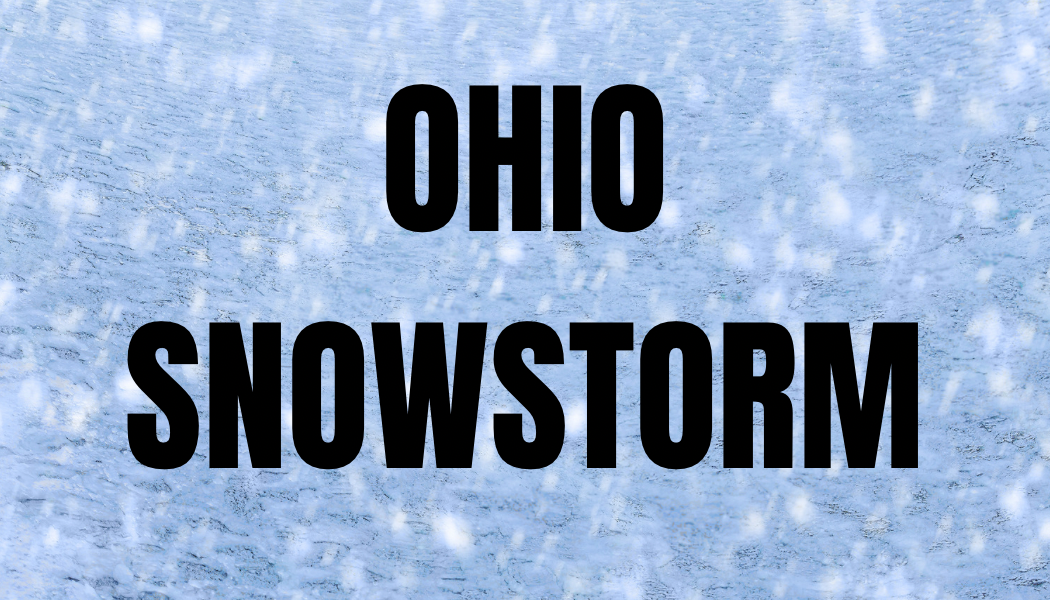
OHIO — The year 1950 marked a time of post-war prosperity in the United States, and Ohio was no exception.
As families settled into a period of economic growth, life in Ohio’s towns and cities reflected the optimism and challenges of mid-century America.
Cost of Living
Prices in 1950 were quite different from what Ohioans experience today. The cost of everyday essentials was far lower than modern standards, though wages were also lower.
A gallon of milk cost around $0.82, a loaf of bread was about $0.14, and a dozen eggs could be bought for $0.60.
Gasoline, essential for the growing number of cars on the road, averaged $0.27 per gallon. Housing costs were also affordable by today’s measures; the median home price was around $7,354 in Ohio.
Politics and Leadership
In the political sphere, Ohioans were influenced by national events under the leadership of President Harry S. Truman, who had been in office since 1945.
Truman was in the midst of addressing the aftermath of World War II while navigating the tensions of the early Cold War.
His Fair Deal initiatives aimed to expand on Franklin D. Roosevelt’s New Deal, focusing on economic reforms and civil rights, though many of these efforts faced political opposition.
Ohio itself played a significant role in national politics, being home to notable figures like Senator Robert A. Taft, who was a prominent conservative voice in the Republican Party.
Music and Culture
Popular culture in 1950 was dominated by music, movies, and the growing influence of television. In Ohio, as in the rest of the country, big-band music and crooners were fading in popularity, giving way to a new wave of artists and styles.
Some of the top songs of 1950 included “Goodnight Irene” by Gordon Jenkins and The Weavers, “Mona Lisa” by Nat King Cole, and “The Tennessee Waltz” by Patti Page.
These songs often played on radios across Ohio, providing the soundtrack to family gatherings and social events.
Radio and jukeboxes were central to entertainment in small towns and urban centers alike, while live performances at local venues kept the community spirit alive.
Key Events of 1950
On the global stage, the Korean War began in June 1950, and Ohioans were keenly aware of the conflict’s developments, as many local men and women were drafted or enlisted to serve.
The war marked the beginning of U.S. military involvement in Asia, and news of the conflict reached homes through newspapers, radio broadcasts, and early television reports.
Locally, Ohio was continuing to recover from the Great Depression and World War II, with its industrial base providing steady jobs in manufacturing and steel production.
Cleveland, Akron, and Youngstown were some of the most important industrial cities at the time, contributing significantly to the nation’s post-war economic boom.
In smaller towns, Ohioans enjoyed a slower pace of life, with local high school sports, county fairs, and church events forming the core of community activities.
The state’s agricultural sector also thrived, with farms producing corn, soybeans, and dairy products in abundance.
Everyday Life in Ohio
Ohioans in 1950 lived in a period of relative simplicity compared to today’s fast-paced, technology-driven world. Families spent time together over home-cooked meals, often made from fresh ingredients purchased at local markets.
The nuclear family structure was the social norm, with many women remaining at home to care for children, while men worked in the state’s industrial and agricultural sectors.
Television was becoming a household staple, but it had yet to fully dominate American culture. Many families in Ohio still relied on radios for news, music, and entertainment.
Shopping centers began to emerge, though local corner stores and markets remained the primary places for grocery and household needs.








